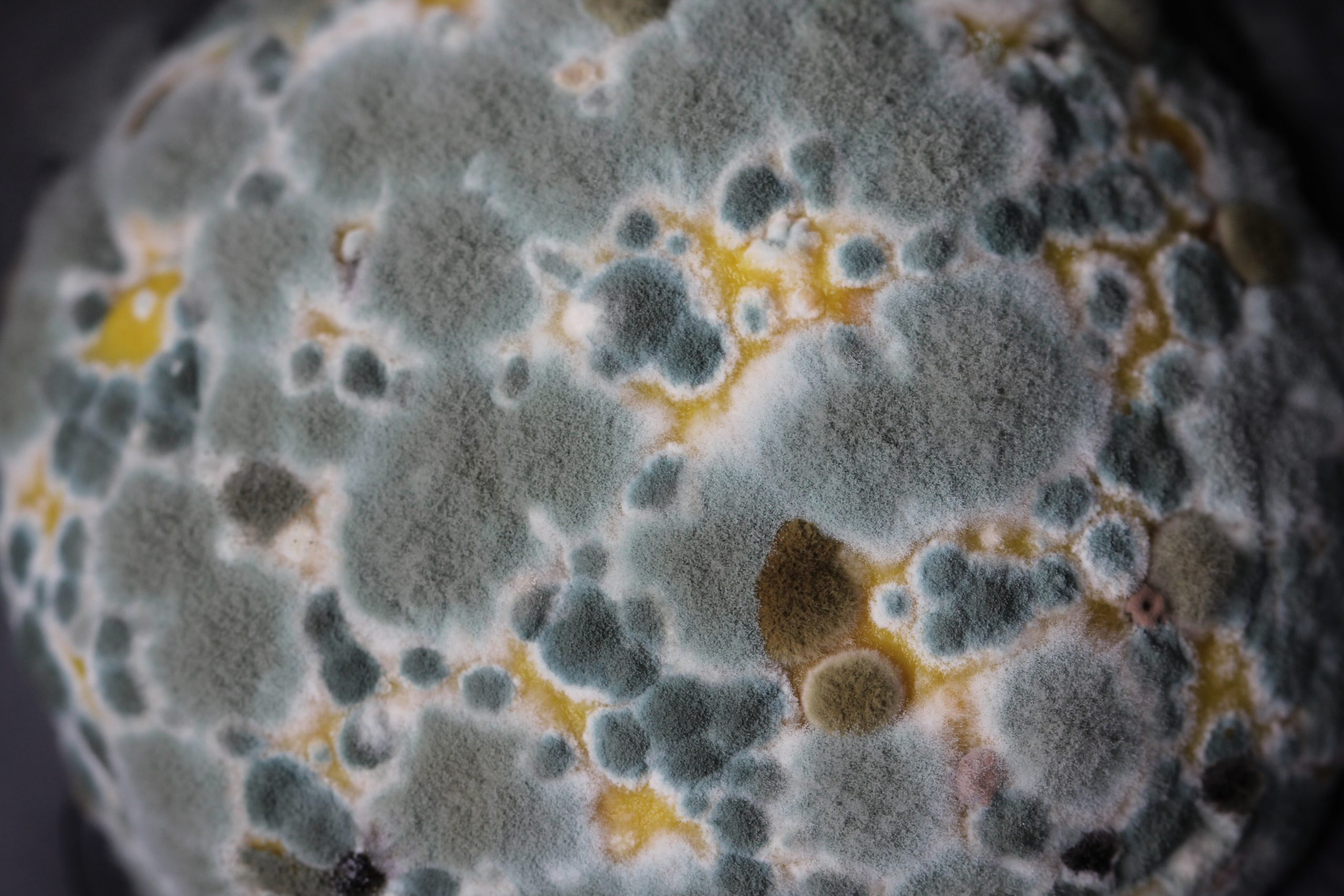There are 4 types of toxic molds that are most commonly found in indoor environments. These molds are capable of causing mild to severe adverse health effects but awareness is key to preventing a mold problem from ever reaching that harmful stage. At Lauhoff Environmental, we believe that no one should have their health suffer due to mold exposure. We have the resources, tools and knowledge to serve the Metro Detroit community, one fungi at a time.
Fungi are distinct from bacteria and viruses. They are complex, hearty organisms capable of growing and surviving in a wide range of conditions. They serve an important function as food for other life forms but they are a real threat to our health and the health of our buildings.
With moisture control, common sense and awareness, we can control mold.
Fusarium
Fusarium is a large genus of filamentous fungi. It is a part of a group often referred to as hyphomycetes, widely distributed in soil and associated with plants. Fusarium can cause mycotoxicosis in humans following ingestion of food that has been colonized by the fungal organism. Mycotoxicosis is a disease caused by a natural toxin produced by a fungus.
Mycotoxins have the potential to cause acute and/or chronic health effects via ingestion, skin contact, inhalation, and entering the bloodstream and lymphatic system. In the case of fusarium, mycotoxins would be caused by ingesting infected food carrying the fungi.
Aspergillus
Aspergillus is a genus consisting of a few hundred mold species found in various climates around the world. It is commonly found in nature and in homes. There are 187 known species of this mold and they could cause infections, allergic reactions and toxicoses.
Aspergillosis is a wide variety of diseases caused by fungal infections from species of Aspergillus. This disease occurs in humans, birds and other animals. It develops when susceptible individuals breathe in (inhale) Aspergillus spores. Aspergillosis is not contagious and cannot be transmitted from one person to another.
Penicillium
Penicillin is a very common mold with many species. This mold is widespread in nature and can produce infections and mycotoxins. This is often the mold found in basements and crawl spaces.
Penicillium exposure can alter human DNA and can cause permanent neurological, pathological, immunological and psychological damage. As you kill the mold and you begin to detox, you will start to feel better but it can take months before you start to notice an improvement.
Stachybotrys
Stachybotrys is more commonly known as black mold. There are many black-colored molds but that doesn’t always mean they are Stachybotrys. This mold is found in plant debris and soil. We find it growing inside of homes and buildings after a significant water event.
Visually, Stachybotrys is a black to black-green, slimy, shiny mold. As it dries it begins to look more gray and powdery. Black mold has the ability to cause severe illness in people who come into contact with it. Infants and the elderly are most at risk for having severe reactions to black mold exposure. Read more about the effects mold can have on infants on our previous blog, Mold and Infants [insert link].
Still Have Questions About Mold?
If you think you have a mold problem and have questions regarding our mold remediation services, reach out to us at: 855-LAUHOFF (855-528-4633). To request a quote and a FREE inspection, fill out this form and we’ll contact you shortly.

Leave a Reply